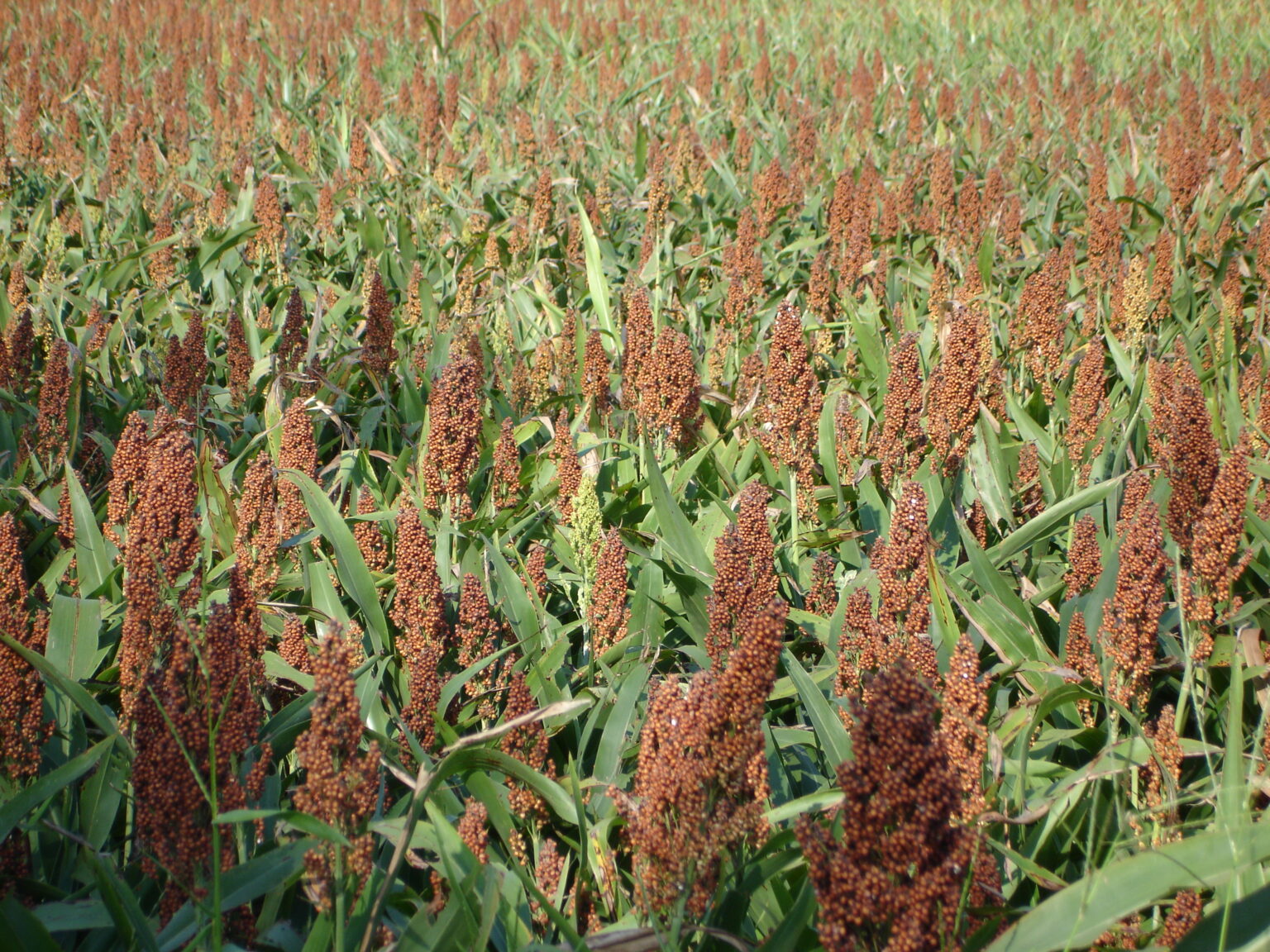Zimbabwe is grappling with one of the worst droughts in over 40 years, a crisis intensified by the El Niño weather phenomenon. This severe drought has decimated maize crops, the country’s staple, leaving more than 7 million people facing food shortages. In response, small-scale farmers are rediscovering the value of traditional drought-resistant crops such as finger millet, pearl millet, and sorghum as a viable solution for food security and climate resilience.
A Shift Back to Traditional Crops
For decades, maize has dominated Zimbabwean agriculture, a legacy of British colonial policies that aggressively promoted its cultivation over indigenous grains. However, as climate change continues to challenge conventional farming practices, smallholder farmers like Leonard Madanhire from Mutare district are advocating for a return to traditional crops.
“Last summer, we lost our entire maize crop due to the drought. Those who planted pearl millet and sorghum fared much better. These traditional crops are both drought- and pest-resistant. As farmers, it’s time we go back to our roots,” says Madanhire.
Government and Market Support
The Zimbabwean government has recognized the importance of traditional crops in addressing food insecurity and has taken steps to promote their cultivation. Policies now support smallholder farmers by providing inputs, education, and extension services. The Zimbabwe Grain Marketing Board (GMB) has also introduced price control measures to incentivize production, making these crops more attractive to farmers.
According to climate change and food systems expert Anna Brazier, this shift is gaining momentum. “Production of traditional cereal crops is increasing as markets grow. Government policies have become more supportive over the past decade, and NGOs have played a key role in promoting these crops,” she explains.
More than 322,606 hectares are now dedicated to growing traditional grains as of January 2025. Additionally, partnerships between NGOs and the private sector have encouraged food companies to incorporate these crops into new products, creating consumer demand.

Overcoming Market and Cultural Barriers
Despite growing support, challenges remain. Many Zimbabwean consumers still prefer maize and wheat-based products such as bread and pasta due to convenience and taste. Millets and sorghum continue to be perceived by some as “poor man’s food,” a stigma rooted in the country’s colonial past.
However, urban middle-class consumers are gradually adopting these grains for their health benefits. Awareness campaigns led by NGOs, medical professionals, and the Zimbabwean First Lady have boosted their popularity. Food and seed festivals held across the country are further increasing public interest in traditional grains.
The Way Forward
Research from Frontiers in Nutrition highlights millets as “smart foods” due to their high nutritional value and climate resilience. Experts believe that shifting away from maize dependency will take time, but traditional grains present a sustainable solution for Zimbabwe’s food security.
“It might take a while to completely wean farmers from maize,” says Madanhire, “but millets and sorghum are our only hope for a food-secure future.”
As Zimbabwe faces the growing threats of climate change, the revival of traditional grains offers a promising path toward resilience and self-sufficiency. With continued support from policymakers, NGOs, and the private sector, smallholder farmers can lead the way in transforming the nation’s agricultural landscape for a sustainable future.